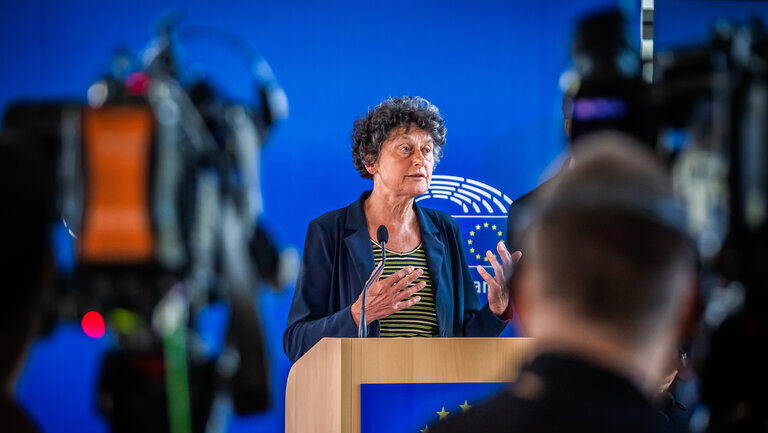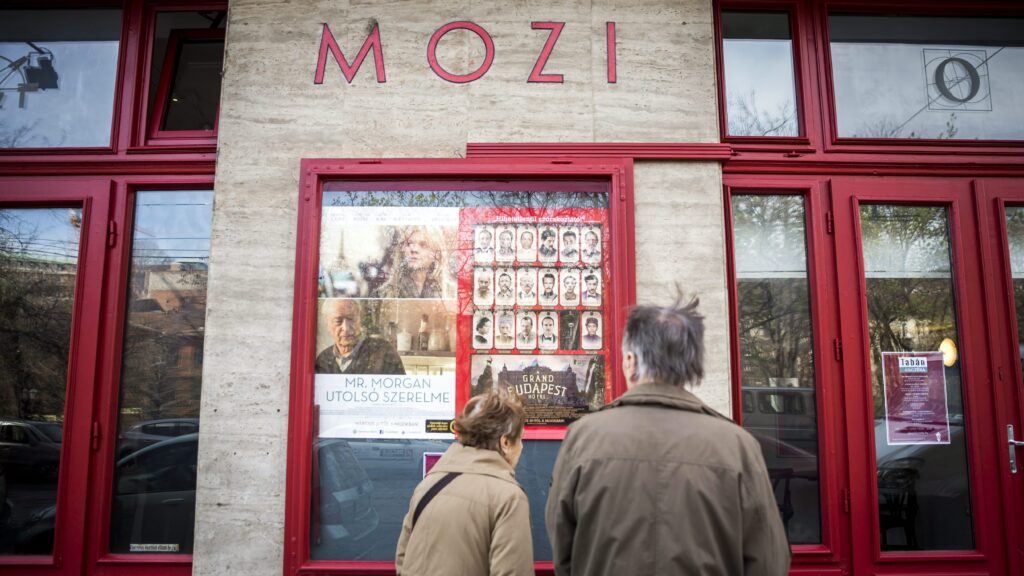In 2024 a total of 13,295 new apartments were built in Hungary, 29 per cent fewer than in the year earlier, the Central Statistical Office (KSH) revealed on Thursday, 20 February. Meanwhile, the number of apartments to be built on the basis of issued building permits was 20,494, 4.7 per cent fewer than in 2023.
In Budapest, 4,067 apartments were put into use, 28 per cent fewer than in 2023. Half of the new apartments in Budapest were built in two districts (XI and XIII). The number of new dwellings in the other categories of settlements also fell compared to the previous year: by 26 per cent in cities with county rights, 37 per cent in other cities, and 23 per cent in villages.
Still, according to the KSH report, fewer new dwellings were handed over than a year earlier in all regions except the Southern Great Plain, which recorded a 12 per cent increase. The decline was highest in Southern Transdanubia, down by 41 per cent, followed by North Hungary and Pest, down 39 and 37 per cent, respectively.
The report also points out that the share of apartments built by natural persons increased from 36 to 38 per cent, while the share built by businesses decreased from 64 to 61 per cent compared to 2023.
The average floor area of occupied dwellings increased by 2.5 square metres (27 square feet), to 96.6 square metres (1,040 square feet) compared to 2023.
Based on the number of building permits and the number of dwellings to be built on the basis of notifications, construction activity declined in the larger cities, by 12 per cent in the capital and 5.6 per cent in the cities with county rights. In the other municipalities, there was a slight increase, with 2 per cent more apartments being constructed in non-county towns and 1.1 per cent more in municipalities. At the county level, the 4.6-fold increase in Tolna County is notable, mainly due to the new housing projects in Paks. In Hajdú–Bihar County, the already high number of permits issued increased by 32 per cent.
Based on the new building permits issued, a total of 8,671 residential buildings are planned, which is stagnant compared to the previous year (a 0.7 per cent decrease). The proportion of planned single-family residential buildings was 79 per cent, with a total of 6,848 units. Meanwhile, the number of planned non-residential buildings was 3,530, 12 per cent lower than in 2023, the KSH shared.
Related articles:








